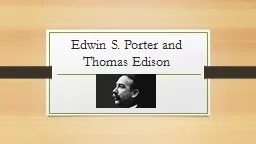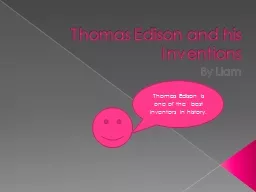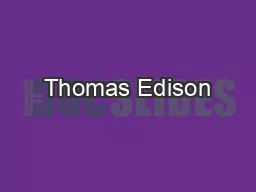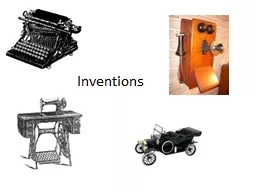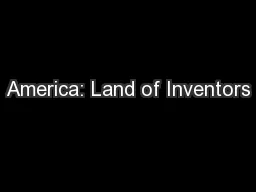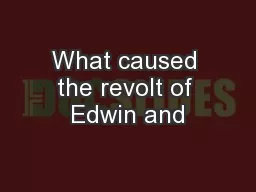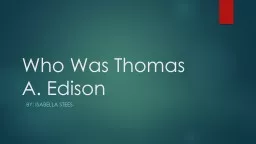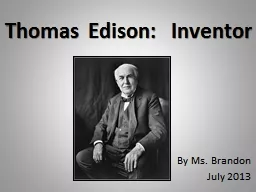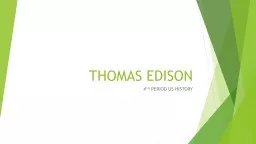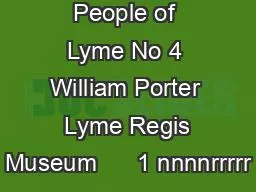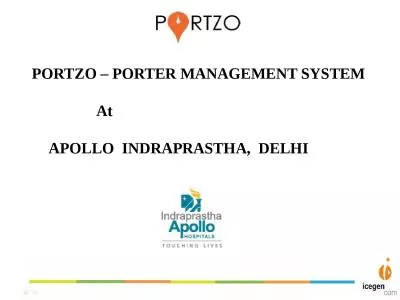PPT-Edwin S. Porter and Thomas Edison
Author : sherrill-nordquist | Published Date : 2018-12-07
Edwin S PorterAn American film pioneer He was hired by Thomas Edison to help with the camera equipment and was soon placed in charge of one of his studios He soon
Presentation Embed Code
Download Presentation
Download Presentation The PPT/PDF document "Edwin S. Porter and Thomas Edison" is the property of its rightful owner. Permission is granted to download and print the materials on this website for personal, non-commercial use only, and to display it on your personal computer provided you do not modify the materials and that you retain all copyright notices contained in the materials. By downloading content from our website, you accept the terms of this agreement.
Edwin S. Porter and Thomas Edison: Transcript
Download Rules Of Document
"Edwin S. Porter and Thomas Edison"The content belongs to its owner. You may download and print it for personal use, without modification, and keep all copyright notices. By downloading, you agree to these terms.
Related Documents

